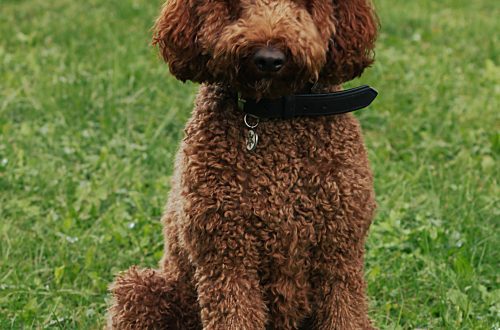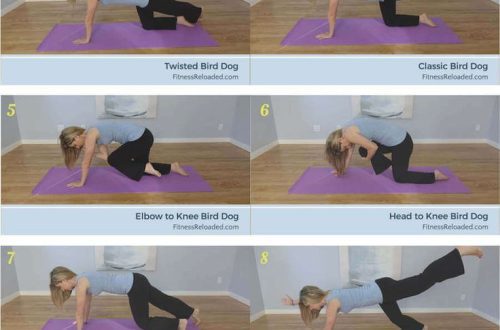
How to walk a large dog: tips and tricks from dog handlers
What to do if the dog weighs more than the owner? Walking a four-legged giant is not always easy. Apart from the worry that the dog will run away or that the walk will end in disaster, it can be difficult to provide the pet with enough exercise.
Expert Tips for Walking Large Dogs Safely to Keep Your XL Pet from Sweating.
Contents
Walking a big dog: the secret in training
Even large dogs can chase a squirrel or be frightened by the noise of a car engine. When walking large dogs such as Newfoundlands or St. Bernards, it is important to take the appropriate steps to make walking safe for everyone.
Firstly, the prerequisites are the correct training of the pet to the leash and obedience training. It is necessary to teach the pet not to pull the leash and return to the owner on command. There are many ways to train a dog, from group training to positive reinforcement for good behavior. It is necessary to choose from them the one that is best suited for a four-legged friend and his owner.
“I train dogs using positive reinforcement/non-aversive training methods,” says Lisa Spector, a professional dog trainer, in an interview. “It’s not about being stronger than the dog, it’s about encouraging (them) to want to work with me. I always carry a bag of treats or a toy with me, basically the kind of reward that the dog responds to.”
Walking Large Breed Dogs: It’s Better to Walk Separately
Unless absolutely necessary, you should not walk two dogs at once that weigh more than their owner. “It’s best to avoid it entirely,” Spector says, adding that she never takes more than one large dog out at a time. “This is especially important if the dog tends to pull on the leash, if it has a strong stalking instinct, and if it actively responds to stimuli.”
Patrick Flynn, owner and founder of Patrick’s Pet Care in Washington, DC, agrees. “You shouldn’t do this if you don’t have experience, you don’t feel confident, or you doubt the dexterity of your own hands to quickly unravel the leashes and your physical strength to keep the situation under control,” he says in an interview.
However, Flynn understands that sometimes there are situations when a person has to walk several large dogs at the same time. “If you do intend to go for a walk with several large dogs that don’t live together and don’t know each other very well, make sure the dogs’ weight ratio doesn’t exceed 2:1,” he says. “That is, if you plan to walk a dog weighing 30 kg, the smallest dog that you can walk with this dog must weigh at least 15 kg.”
Walking a large dog: the necessary equipment
Proper equipment is critical to safety. A secure harness that fits your dog well is a very important part of safely walking large pets.
Choosing a harness with two connection points — one at the dog’s chest and one at the base of the shoulder blades or upper back — gives extra control over the larger four-legged friends, Flynn says.
However, there are other types of harnesses and aids that can help make these walks safe and comfortable for your dog. You can try on several different options and, if possible, customize the chosen equipment for your pet at your local pet store.
Walking with a big dog: how to avoid a runaway
If a pet walks in a harness, is accustomed to a leash, has completed an obedience training course, it can still break free and run away. In the end, no one is immune from trouble.
As Flynn points out, to avoid such accidental escapes, it’s best to always double-check that the harness or collar is the correct size and that it fits securely on your pet: breaks off the leash and rushes towards the road – this is to teach her to clearly remember that in any stressful situation she must return to you.
Walking with several or even one large dog does not have to be intimidating and terrifying. With the right training and the right equipment, you can feel confident and relaxed while walking with your canine companions – no matter their size..





